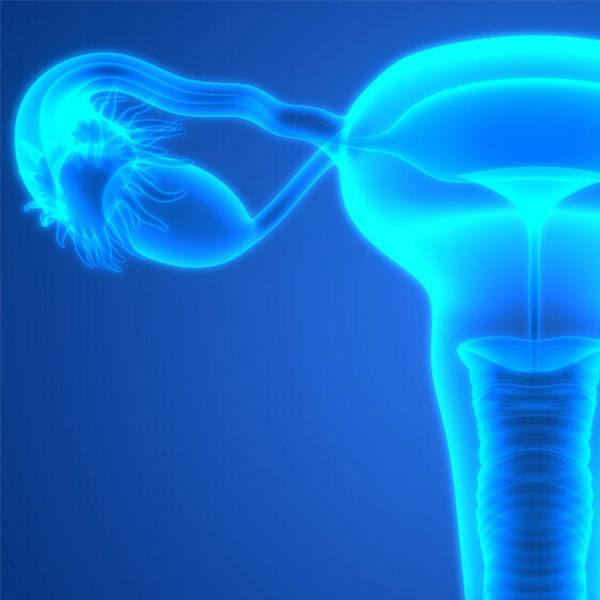-
Enlarged Prostate — Many Options to Treat this Common Problem
ROCHESTER, Minn. — More than half of men in their 60s experience symptoms caused by an enlarged prostate gland. Add another decade or two, and nearly all men experience symptoms that may include a weak urine stream, difficulty starting urination, stopping and starting while urinating, and an urgent need to urinate.
The July issue of Mayo Clinic Health Letter covers how the prostate gland changes with age and ways to find relief for what's technically termed benign prostatic hyperplasia.
The prostate gland is just below the bladder and surrounds the urethra — through which urine passes out of the body. After puberty, the prostate gland is about the size of a walnut. As men age, the prostate gland can increase in size, pressing on the urethra and interfering with urine flow.
Men with mildly enlarged prostate glands and mild symptoms may not need immediate treatment. Studies have shown that up to one-third of mild cases clear up without treatment.
When treatment is needed, the focus is on reducing troubling symptoms and restoring normal urinary tract function. Several medication options are available for men with mild-to-moderate symptoms. Therapies include:
Alpha blockers: These drugs relax the bladder neck muscles and muscle fibers in the prostate. They help increase urine flow and reduce the need to urinate as often. Medications in this category are terazosin, doxazosin, tamsulosin, alfuzosin and silodosin.
Enzyme (5-alpha-reductase) inhibitors: These medications shrink prostate tissue and generally work best for very enlarged prostates. Medications include finasteride and dutasteride. Optimal improvement may take months.
Tadalafil: This medication for erectile dysfunction was recently approved for treating symptoms of prostate enlargement.
Surgery is an option when medications aren't effective or symptoms are moderate to severe. Some men prefer surgical repair to daily medication. The main surgeries remove prostate tissue that is blocking urine flow. Some procedures pose risks, including loss of bladder control and impotence.
Surgery options include:
Transurethral resection of the prostate: This procedure opens the channel through the prostate to relieve obstruction. Most men experience a stronger urine flow soon afterwards. A short hospital stay is often needed. Re-treatment may be needed in five to seven years.
Open prostate removal (simple prostatectomy): The interior portion of the prostate is removed either through an incision in the lower abdomen or through smaller openings using laparoscopic or robot-assisted surgery. Recovery requires several days in the hospital and use of a urinary catheter for one to two weeks.
Minimally invasive therapies: These procedures use different forms of heat or energy to shrink or remove excess prostate tissue around the urethra or to enlarge the opening from the bladder. At Mayo Clinic, these procedures are typically done on an outpatient basis. Symptoms generally improve right away and the risk of side effects is lower than when TURP is done.
Mayo Clinic Health Letter is an eight-page monthly newsletter of reliable, accurate and practical information on today's health and medical news. To subscribe, please call 800-333-9037 (toll-free), extension 9771, or visit Mayo Clinic Health Letter Online.







